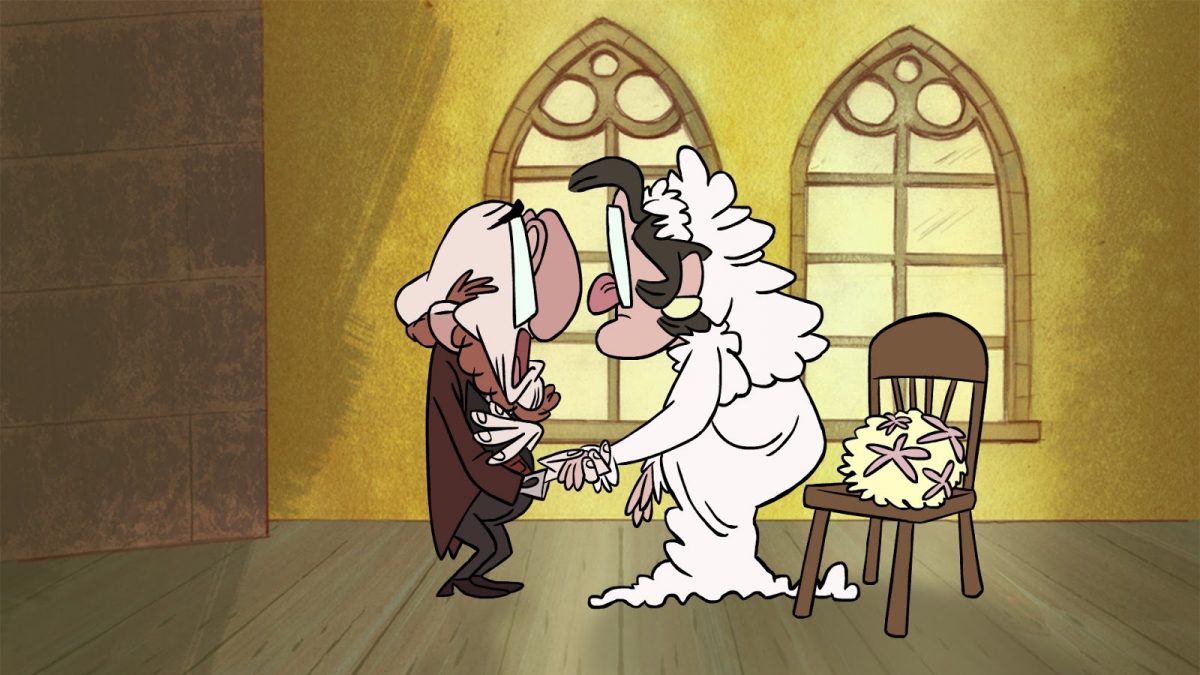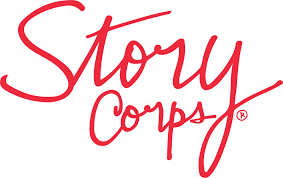Using animation to transform the oral history of America
Humans have been telling stories since as far back as we can be traced. Storytelling has evolved from writings on cave walls to troubadours to modern day multimedia platforms that bridge the world.
Journalism has played a vital role for decades in keeping people informed and preserving our history and identity. However, in the ways that storytelling has evolved, so has journalism. As the world around us advances and new media becomes available, journalism has had to adapt to meet the needs of readers and consumers.
A great example of journalism’s evolution is StoryCorps, an organization that utilizes modern approaches like animation to reflect the ways storytelling has and continues to change.
StoryCorps is a non-profit with the mission of creating an oral history of America through the voices of everyday people. In 2003, David Isay opened the first StoryBooth in Grand Central Terminal in New York City where people could go to tell their stories. Over the past 18 years, StoryCorps has recorded more than 600,000 stories of everyday people in America, making it the largest collection of human voices and stories in history.
“It’s the voices and stories of everyday people who create the fabric of our country, who really create our history, whether you’ve heard their names or not,” said Mike Rauch, who worked at StoryCorps for eight years. “These very personal stories really are like universal truths and universally relatable stories.”
There are many ways people can get their story recorded, from stopping by a StoryBooth in New York, Atlanta or Georgia to using the StoryCorps app to visiting a MobileBooth when it drives to their city. The stories that StoryCorps gather are preserved at the Library of Congress for future generations to access. Select stories are chosen to be broadcast on National Public Radio or the StoryCorps’ podcast.
When it comes to being experimental, StoryCorps found a way to turn radio into video by using animation. Animation is not a commonly used practice in the world of journalism, although the idea of incorporating it has started to grow. Rauch and his brother, Tim, were the first to introduce the use of animation at StoryCorps and they created 26 animated shorts and one half hour special before leaving in 2014.

Rauch started at StoryCorps as an intern in 2006 in the facilitator department where he would help set up equipment and prepare the recording booths for the best quality experience and sound. Each session was an interview with two people and it usually came around 40 minutes of audio. Rauch would help log, timecode and edit down to three-minute radio stories before the stories were then sent to the Library of Congress to be archived.
During his internship, Rauch noticed that the stories he was editing would be great as animations, an art he and his brother had been interested in since their childhood. And so the Rauch Brothers Animation was born.

Rauch described animation as an abstraction of reality: “In abstracting reality, you’re dealing with symbols that people respond to on a bigger, deeper level than they do, just like a photograph.”
Each video that the brothers created was animated to a final three-minute audio piece that had already been edited for radio. After receiving the audio recording, the brothers would visit the participants and learn more about them in order to guide the video they would create. They would ask for photographs or locations that were relevant to the story.
“Oftentimes the photos we could get from a participant wouldn’t, like, inform us fully of that environment that we needed to create,” said Rauch. “So we may look back at that time period, how are people dressed and how are people dressing in this region. Try to get as specific as we could in that way.”
After gathering their information and doing historical research, they created an animatic, which Rauch described it as an “illustrated storybook” or a loose sketch of how the animation would visually play out. Then they would create character and background design before starting the animation itself.
The animations would start off as a rough draft, using black and white or line drawings. With the basic structure in place, the brothers could paint everything in and begin color design for the characters and backgrounds before bringing everything together with Adobe After Effects.
Adobe After Effects was used to bring together the characters, backgrounds, paintings and other elements. They would also use the software to add effects such as text or overlay and the project would come to life. As part of StoryCorps’ mission to preserve everyday people’s oral history, the final animations had no sound design on them. The only additional sound in the videos was music in the introduction and closing scenes.
The videos were an average of three minutes and 15 seconds long and that is an important distinction in the world of animation, where every second counts toward production time. “That makes a big difference, because if you talk about going up to four minutes of animation from there, you’re already adding at least one, probably two or three weeks of production times just in animation,” said Rauch.
Each short took about eight weeks to animate and it depended on the amount of people that were working on the project. The teams usually consisted of six to eight people; with the audio producers included, that number is 10 to 12. Counting the time it takes to research and revise a project, one short took a total of 13 weeks to create.

But the response was overwhelmingly positive. Their most popular short, “Danny and Annie” has almost 4 million views on YouTube and StoryCorps has continued to use animation in their work.
Although the Rauch brothers left StoryCorps to pursue further animation opportunities, their videos can be found on the StoryCorps YouTube channel. The StoryCorps YouTube channel has almost 300,000 subscribers and just over 250 videos. On the channel, viewers can find various types of animation styles as the company works with different people, a testament to the creative liberties and effectiveness of the medium itself.
“Animation is great because you can push things, you can exaggerate things, you can underplay things, which isn’t to change the story, it’s actually to enhance it and make an emotion clearer or make a big idea clearer.”
- Using animation to transform the oral history of America - July 20, 2021





